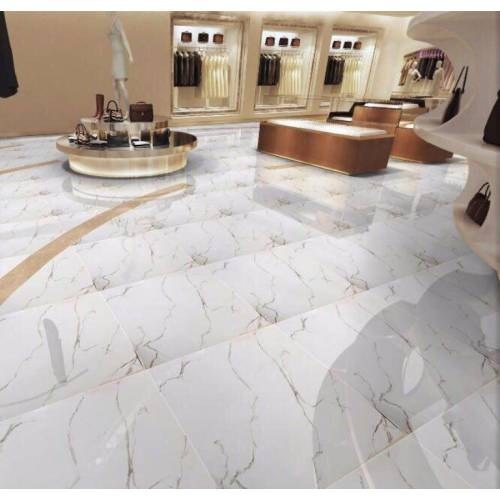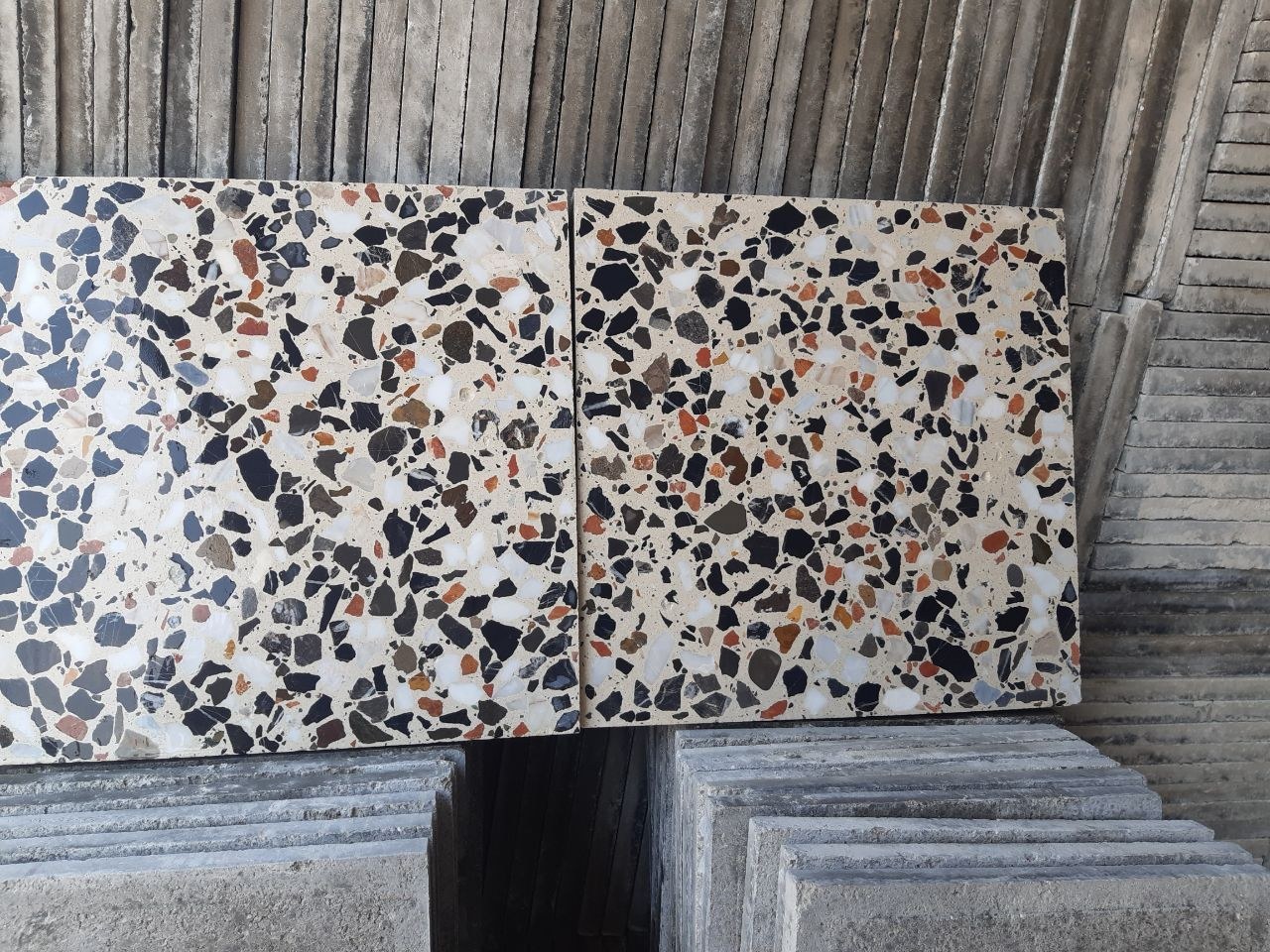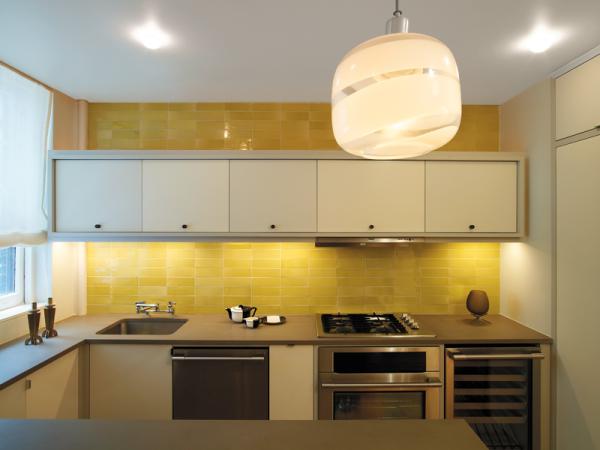The ceramic tiles industry in India has experienced significant growth over the years, driven by rising urbanization and increasing disposable incomes. This article aims to provide a comprehensive overview of this industry, highlighting key factors contributing to its growth, major players, challenges, and future prospects.


Market Size and Growth

The Indian ceramic tiles industry has emerged as one of the largest globally, with a market size of around INR 50000 crores. The sector has achieved remarkable growth, witnessing a compound annual growth rate (CAGR) of around 9% in the past decade. The demand for ceramic tiles primarily stems from the housing, commercial, and industrial sectors, propelled by the construction boom, government infrastructure projects, and rising consumer preferences for aesthetically pleasing interiors.

Major Players and Competition
The Indian ceramic tiles industry is dominated by a few key players. Some of the major companies include Asian Granito India Limited, Kajaria Ceramics, Somany Ceramics, and Johnson Tiles. These companies have established strong market presence through continuous innovation, investment in research and development, and extensive distribution networks. Intense competition prevails in the market, compelling manufacturers to differentiate themselves by offering products with diverse designs, textures, sizes, and superior quality.
Technological Advancements
Technological advancements have played a pivotal role in shaping the ceramic tiles industry in India. The advent of digital printing technology has revolutionized the sector by enabling manufacturers to produce tiles with intricate designs and lifelike textures. Additionally, innovative production techniques such as double-charge, vitrified, and glazed tiles have further expanded the range of products available to consumers. These advancements have not only enhanced the aesthetic appeal of ceramic tiles but also improved their durability, ease of maintenance, and resistance to wear and tear.
Challenges and Opportunities
Despite the industry’s impressive growth, challenges remain. The costs associated with raw materials, energy, and transportation pose significant hurdles for manufacturers. Furthermore, competition from imported tiles, especially from countries like China, adds to the challenges. However, the industry also presents several opportunities. With the emphasis on sustainable practices, there is a growing demand for eco-friendly ceramic tiles. Additionally, the increasing popularity of smart homes and the digitalization of the construction sector offer avenues for innovation and growth.
Future Outlook
The future looks promising for the ceramic tiles industry in India. The government’s initiatives to boost affordable housing, smart cities, and infrastructure development will continue to drive the demand for ceramic tiles. Additionally, the rising adoption of e-commerce platforms and online retail channels will provide manufacturers with new opportunities to expand their customer base. The industry is anticipated to witness further technological advancements, with manufacturers focusing on introducing eco-friendly and energy-efficient products. These trends, coupled with evolving consumer preferences, are expected to contribute to sustained growth and profitability in the years to come.
The ceramic tiles industry in India has grown significantly, propelled by urbanization, construction activities, and changing consumer preferences. With technological advancements, increasing demand for sustainable products, and government initiatives, the industry offers immense potential for further growth. Leading players in the market will continue to innovate to cater to the evolving needs of consumers and stay ahead in the competition.



